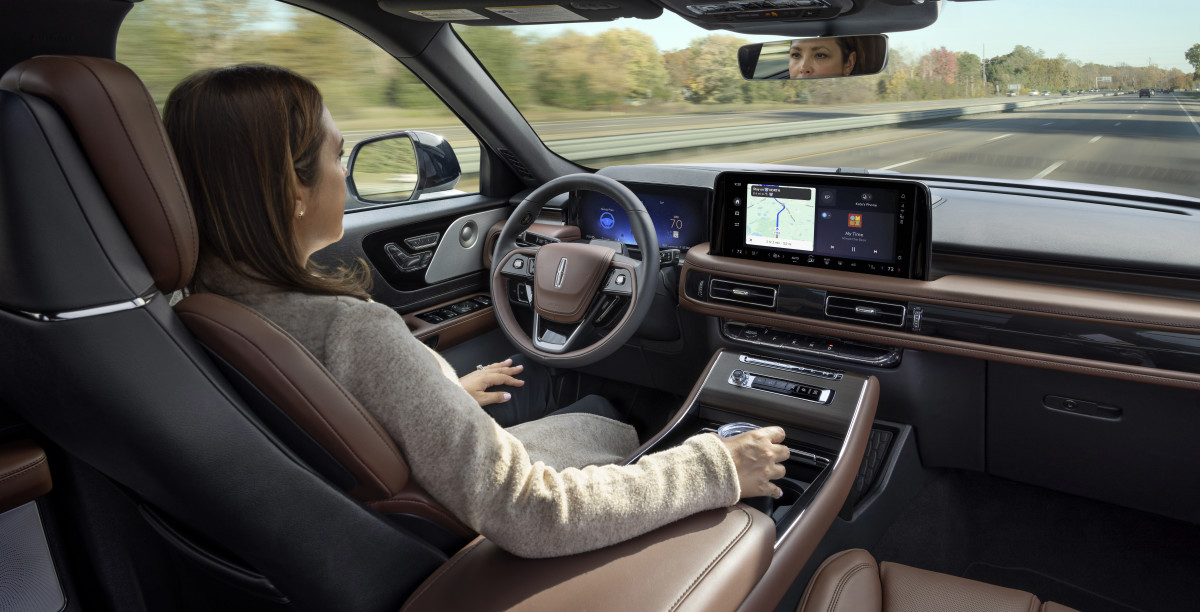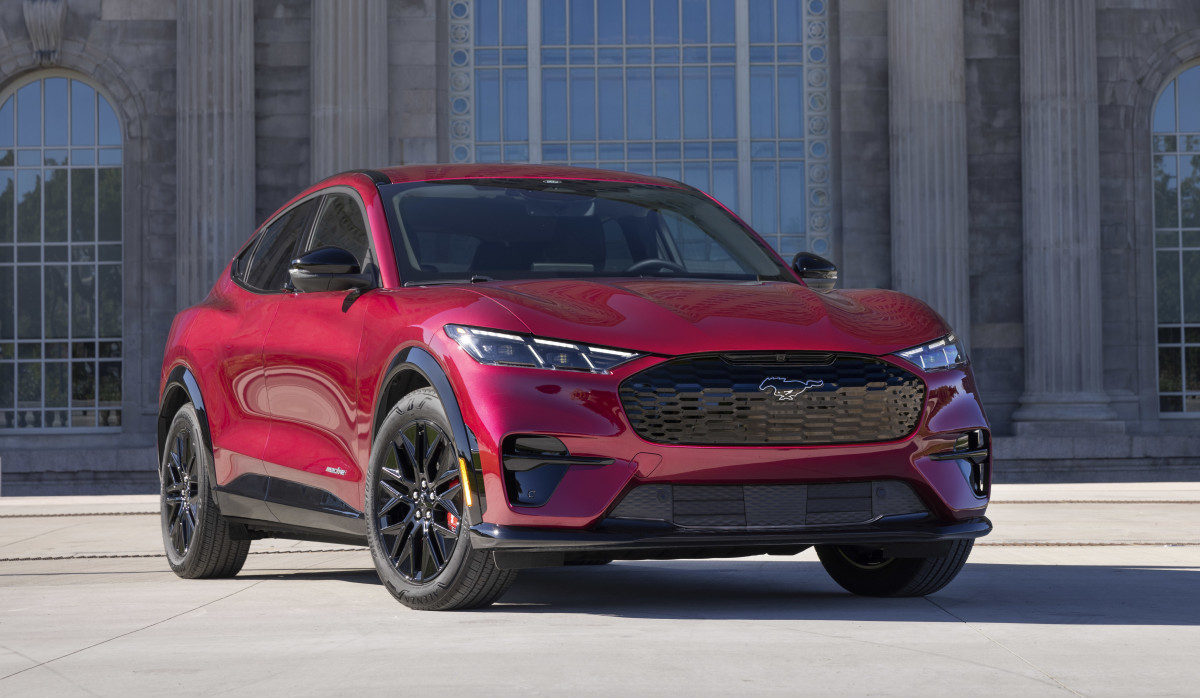The apparently failed project contributed heavily to the automaker’s multi-year, billion-dollar losses on EV and software operations
Tesla, Rivian, and other primarily electric automakers are charged with bringing a spicy new buzzword to the market: “software-defined vehicle.” But it’s not as straightforward as it sounds. While arguably most new cars are primarily differentiated by their user-facing software, the term specifically refers to vehicles that rely on the code running under the hood to improve performance, enhance amenities, and more over time, rather than requiring mechanical parts. However, after four years of chasing a new future, Ford has decided to conclude engineering efforts on their software-defined vehicle platform, FNV4.
Lincoln Aviator Reserve with Jet Package & Lincoln BlueCruise Lincoln
View the 2 images of this gallery on the
original article
Ford is sticking with domain-based architecture despite substantial investment elsewhere
A California-based Ford skunkworks team led by former Apple and Tesla bigwig Doug Field was supposed to bring Ford’s vehicles into the next generation. Instead, Field is throwing in the towel, or, at least, that’s one way to look at it. In a release, Field claims the FNV4 platform is now being integrated into Ford’s current architecture. The result, dubbed FNV3.X, will still, sort of, have the same benefits that FNV4 could’ve offered: a single shared architecture across the entire model line, regardless of powertrain.
So, what does this actually mean for shoppers and drivers? Well, it means you can expect to see more of the same coming from Ford. The expensive multi-year investment seems to have returns decidedly limited in scope. Field says that the FNV3.X platform will mean faster over-the-air (OTA) software updates, “democratizing access to new features,” and “modernizing the industry,” with nebulous promises of “advanced vehicle security, driving, and infotainment enhancements for many more customers.” Not exactly changing the automotive landscape, then.
Ford doesn’t just make EVs, and it’s a large reason for the step back
The allure of zonal architecture is, primarily, its relative simplicity from the OEM and supplier side. Using one system that controls everything, from powertrain to safety features and the power windows, is enticing when juxtaposed with the messier domain-based architecture that we know today. It’s easy to see why EVs lend themselves to the more straightforward design, but it isn’t as simple with gas-powered and hybrid vehicles. “By taking a more incremental approach, we’ve vastly expanded the number of vehicles in our portfolio that are going to get the latest infotainment systems and BlueCruise,” Field said in an interview with The Verge. He goes on to say that FNV4 would’ve made that impossible.

Ford
Final thoughts
All said, Field does present valid points that make you wonder why Ford pursued a software-defined vehicle platform in the first place. “Our customer experiences range from enjoying a Mustang convertible on a drive along the coast, running a small business with a fleet of F-150s or Transit Vans, to an extended trek with the family in a Lincoln Navigator,” he says. And he’s right: all of those vehicles do drastically different things for, potentially, extremely different customers. “One size fits all” isn’t the approach automakers should consider when taking the next step forward. It’s a shame Ford didn’t realize that before sinking tons of money into its ambitious software project.